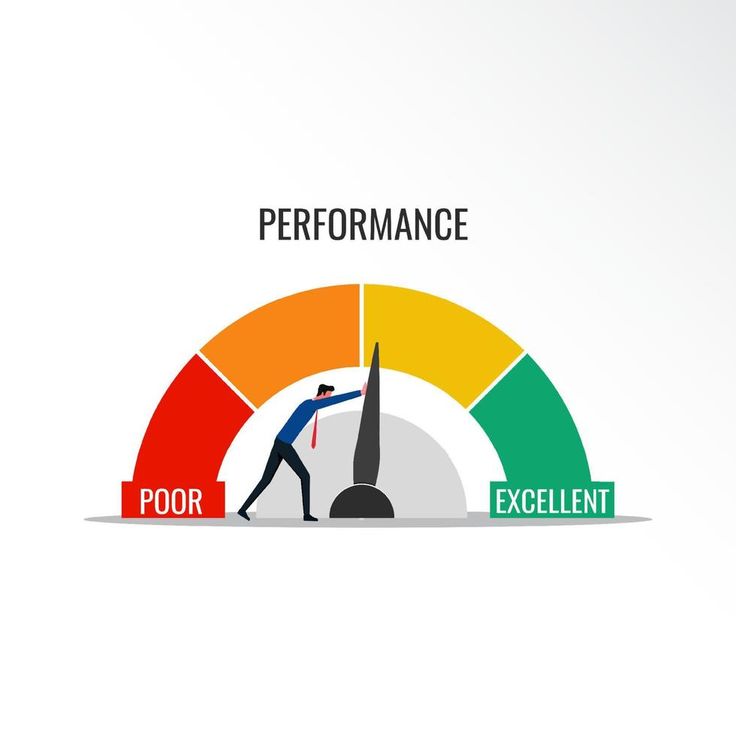Menu

Website performance is crucial for user experience and SEO rankings. One of the most effective ways to improve performance is by using lightweight vector images. Unlike raster images, which can become large and slow down your website, vector images are resolution-independent and scalable. This means they can adjust to any screen size without losing quality, offering a smoother experience. By using vector graphics, you can significantly reduce your website's load time and enhance both user experience and SEO performance. In this article, we’ll dive into how lightweight vector images can help optimize your website and make it more efficient.
Vector images are created using mathematical equations rather than pixels, which makes them resolution-independent and scalable. They are perfect for websites because they can adapt to different screen sizes without compromising on quality. In addition, vector images tend to have much smaller file sizes than their raster counterparts, making them ideal for faster load times.
Benefits of Vector Images:
Scalable: No loss of quality when resized.
Smaller File Sizes: Faster load times compared to raster images.
Perfect for Responsive Design: Vector images maintain clarity across all devices.
Learn more about vector images and responsive design.
Website speed is one of the most important factors for user retention and SEO. Heavy images can slow down load times, causing users to leave your site before it even finishes loading. By using lightweight vector images, you can significantly reduce your website's load time, improving both the user experience and your SEO ranking.
How Lightweight Vector Images Improve Load Times:
Reduced File Sizes: Vectors require less bandwidth to load, improving speed.
Efficient Image Loading: Faster load times lead to lower bounce rates.
Improved SEO Performance: Search engines prioritize faster websites, improving rankings.
Explore how lightweight vector images enhance site performance.
Search engines, like Google, consider website load times as part of their ranking algorithm. The faster your website loads, the better it will rank in search results. By using lightweight vector images, you’re not only improving load times but also enhancing your site’s overall SEO performance.
SEO Advantages of Vector Images:
Better User Engagement: Faster websites lead to lower bounce rates and higher engagement.
Mobile-Friendly: Vectors ensure a seamless experience on mobile devices.
Higher Search Rankings: Improved load times can contribute to higher SEO rankings.
Learn more about optimizing images for SEO.
While vector images are a great asset, there are best practices you should follow to ensure they are used effectively on your website. Properly optimizing vector images will help you get the most benefit from their scalability and file size advantages.
Best Practices:
Optimize for Different Screen Sizes: Ensure your vector images adapt to all devices.
Use SVG Format: SVG (Scalable Vector Graphics) is the most efficient format for web use.
Compress Files: Even vector images can benefit from compression to reduce file sizes further.
Read about optimizing vector files for the web.
Using lightweight vector images is one of the best strategies for optimizing your website's performance. By reducing file sizes and improving load times, vectors help enhance both the user experience and SEO. If you want to build a fast, responsive website that ranks well on search engines, start using lightweight vector graphics today. For more tips on optimizing your site with vector graphics, visit SeekVector.